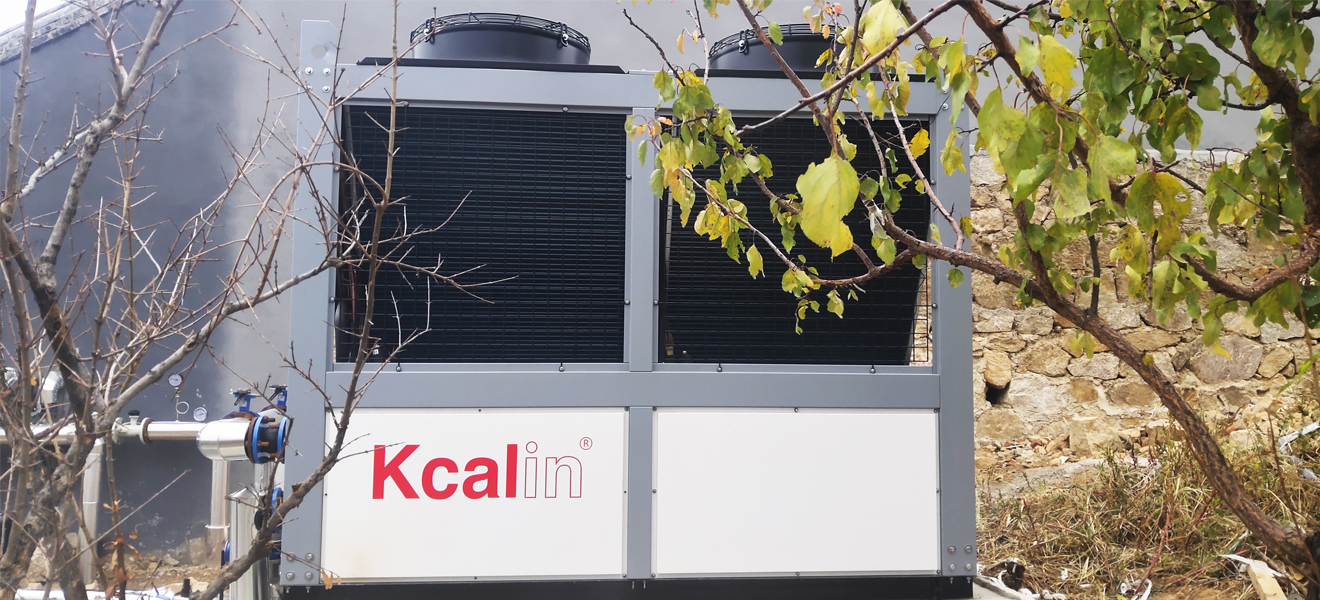With the increasing attention paid to indoor air quality and energy efficiency, efficient and centralized air conditioning and ventilation systems have become an important component of building design and operation. These systems are composed of multiple subsystems that work together to provide a comfortable and healthy indoor environment and reduce energy consumption.
1: Fresh air system
Fresh air processing unit: An important part of the fresh air system is responsible for introducing external fresh air into the building and exhausting indoor air. It usually includes filters to remove particles and pollutants.
Air outlet and supply fan: used to distribute fresh air to each indoor area. The supply fan is responsible for promoting air flow to ensure uniform air distribution.
2: Air conditioning system
Refrigerators and evaporators: Refrigerators absorb and exhaust heat energy from the room by circulating refrigerant to reduce indoor temperature.
Heating heat exchanger: The heating system is responsible for providing thermal energy during cold seasons to maintain a comfortable indoor temperature. The heat exchanger can recover waste heat for heating.
3: Air treatment and filtration system
Air handling unit: responsible for handling circulating air, including filtration, humidity control, and air freshness. This helps to improve indoor air quality.
Filter: The filtering system is used to remove particles, dust, and pollutants from the air to maintain cleanliness.
4: Temperature and humidity control system

Temperature sensor: used to measure indoor temperature, in order to adjust cooling and heating as needed.
Humidity sensor: monitors indoor humidity levels to ensure a comfortable humidity range.
5: Intelligent control system
Automatic controller: The intelligent control system integrates various subsystems to automatically adjust temperature, humidity, and wind speed to meet user needs and energy efficiency requirements.
Remote monitoring and management: Modern systems allow for remote monitoring and management, allowing construction administrators to monitor system performance in real-time and make adjustments.
6: Energy recovery system
Heat recovery device: The energy recovery system captures waste heat through heat exchangers, such as heat generated during fresh air and air treatment processes, for heating or hot water preparation.
7: Air duct and distribution system
Air duct: Air is transmitted to each indoor area through the duct to ensure uniform air distribution.
Air outlet and return air outlet: The air outlet is used to introduce cooled or heated air into the room, and the return air outlet returns indoor air to the system for recirculation.
8: Monitoring and alarm system
Sensors and monitoring equipment: used to monitor indoor environmental parameters such as temperature, humidity, air quality, etc., and provide real-time information through alarm systems.
Alarm system: When there are abnormalities or maintenance needs in the system, the alarm system will issue an alarm to ensure timely maintenance and adjustment.
The efficient centralized air conditioning and ventilation system consists of multiple key subsystems that work together to provide a comfortable and healthy indoor environment and reduce energy consumption. Understanding these subsystems and their functions is crucial for designing, constructing, and maintaining efficient air conditioning and ventilation systems. Through reasonable design and maintenance, more efficient indoor environmental management can be achieved, energy costs can be reduced, and adverse environmental impacts can be reduced. These systems represent innovation in the field of building technology and contribute to achieving more sustainable buildings and lifestyles.







Comment